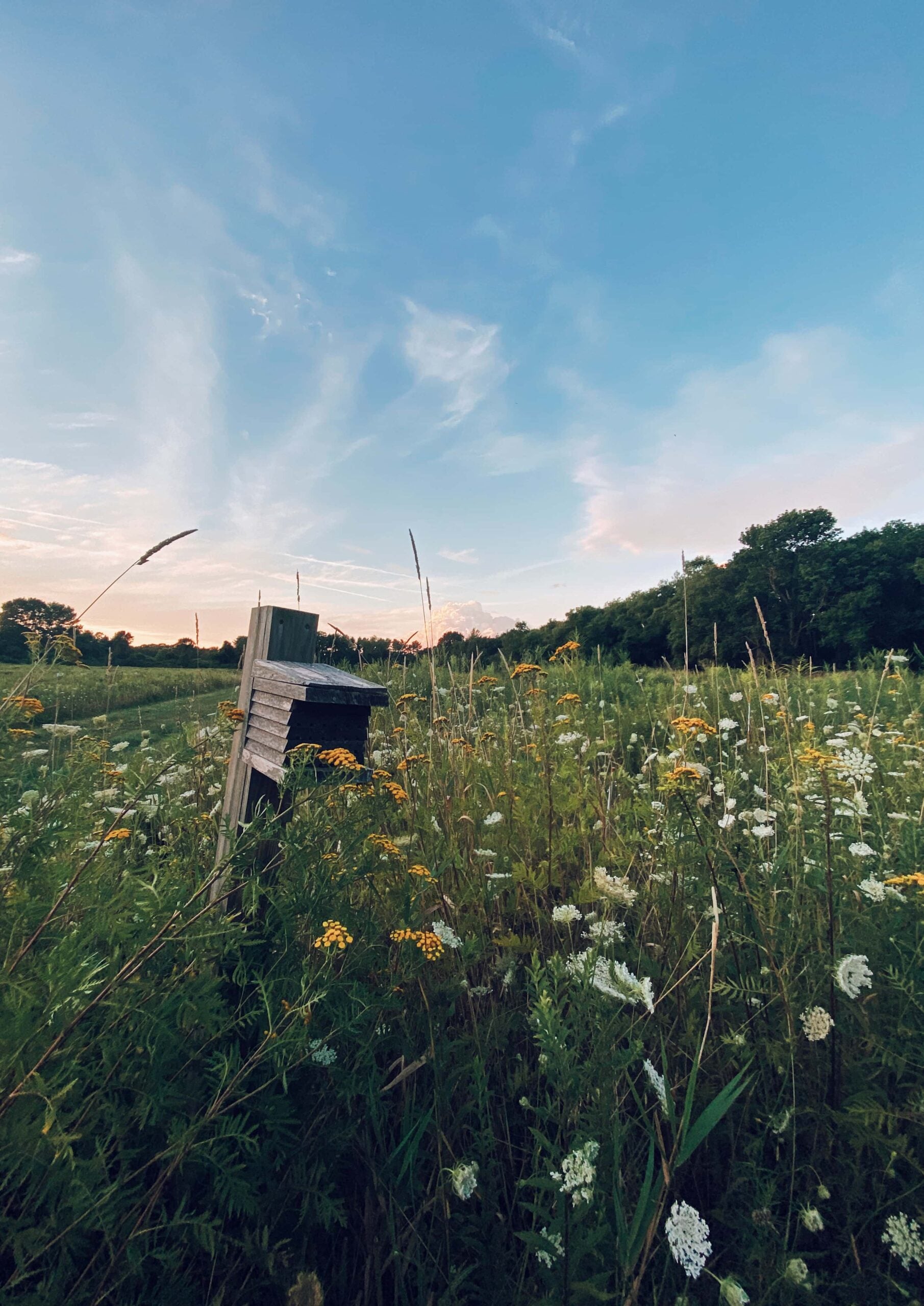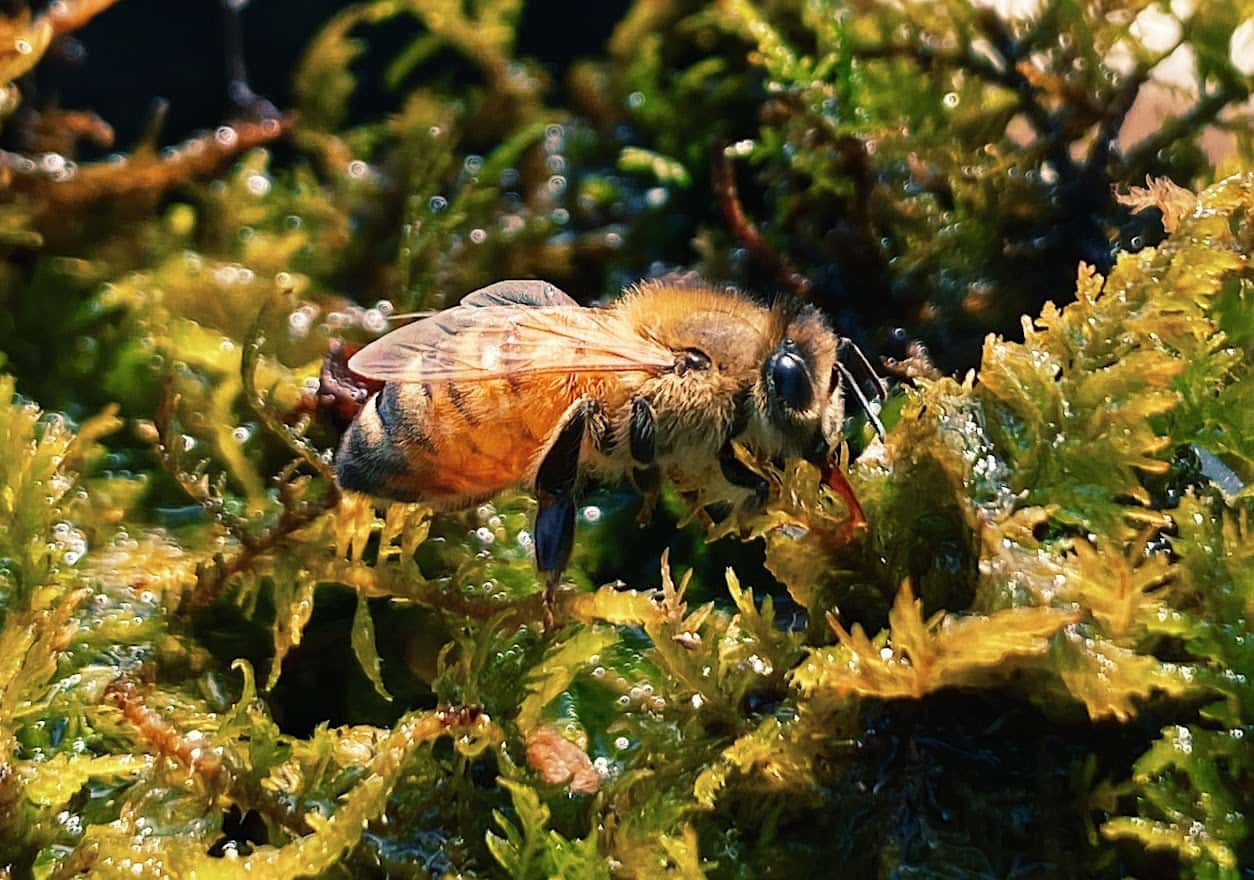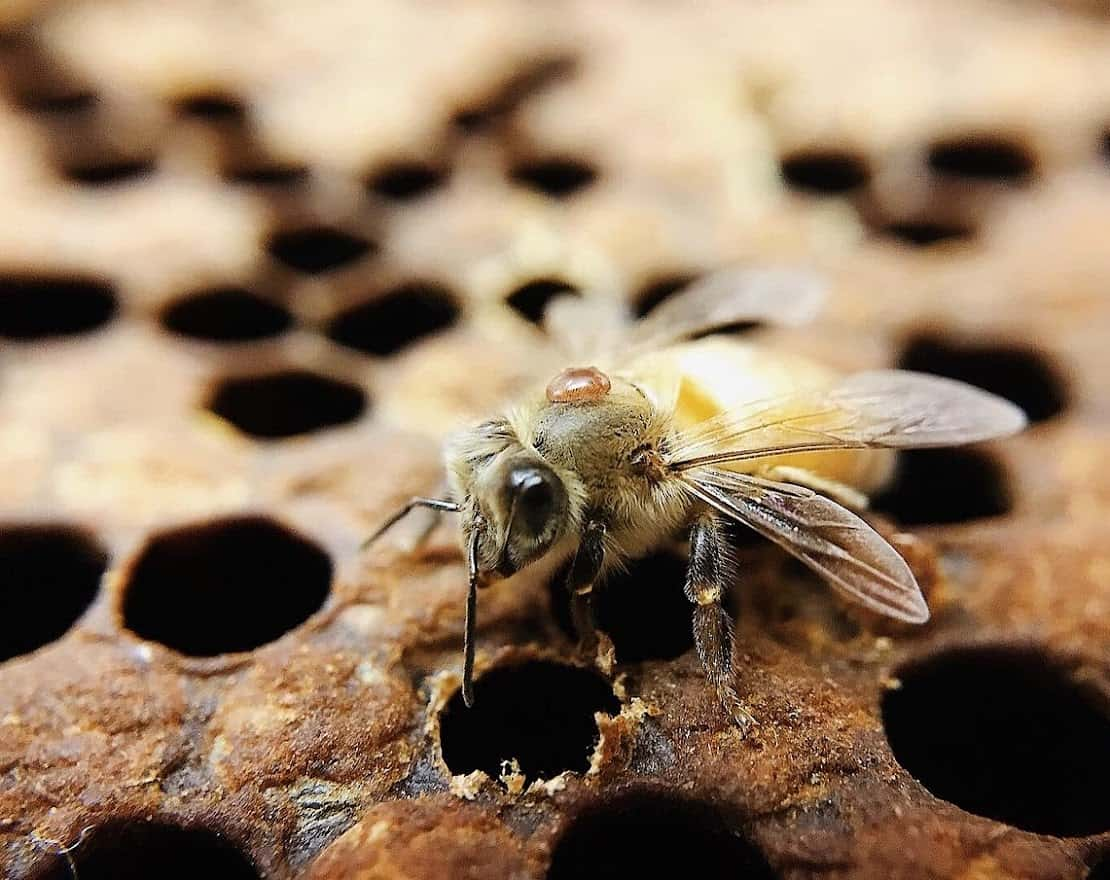Ongoing Projects

Assessing pollinator response to NEPP
The Natural Resources Conservation Service (NRCS) is collaborating with the URI Bee lab and the Connecticut Agricultural Experiment Station to assess plant and pollinator responses to practices installed through the New England Pollinator Partnership (NEPP) in RI and CT. Learn More

Water-collecting behavior of honey bees on mosses
Foraging honey bees (Apis mellifera) obtain the fundamental resources of the colony: pollen, nectar, propolis, and water. While nectar and pollen are the most apparent resources that bees need to collect, water is also critical to the colony.Learn More

Varroa mite management
Dr. Steven Alm and his lab have teamed up with Dr. Matthew Kiesewetter of URI’s Chemistry Department to address the management of Varroa destructor, a parasitic mite which infests honey bee colonies.Learn More
